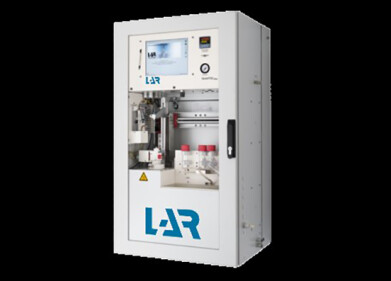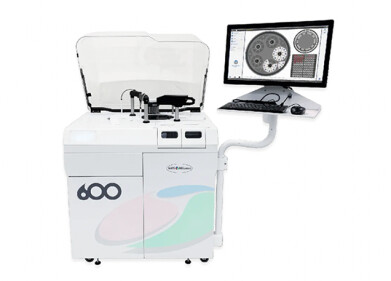Wastewater Analysis
What Is Wastewater-Based Epidemiology?
Apr 21 2021
The analysis of wastewater has become common practice in countries around the globe over the last few decades. Beginning with the monitoring of household waste in wastewater influents, the discipline has since expanded to encompass a wide variety of purposes and interests.
The basis of all types of wastewater-based epidemiology (WBE), however, is analysing consumption of (or exposure) to certain chemicals, pathogens or contaminants in a segment of society. Today, it is most commonly used to determine concentrations of polioviruses, bacteria and other pathogens in a community, thereby gaining an approximate idea of infection levels without the need for individual screening. It is also used to quantify drug consumption rates in society.
How does WBE work?
The first step in any WBE process is collecting samples from the influent at a wastewater treatment facility. This is normally achieved via one of two methods: grab sampling or composite sampling. The former extracts a volume of wastewater (known as an aliquot) at one single moment, thus giving a snapshot of the wastewater stream at that precise time. The latter is formed of a collection of samples taken over a longer period of time (normally 24 hours), thus giving a more rounded picture of the stream.
The next step is to employ sophisticated analytical techniques to scan for the desired property (be it viral DNA, bacteria, pharmaceuticals or something else entirely) in the sample. This is most commonly achieved via the use of polymerase chain reaction (PCR) technology, which is exactly the same as that used in individual diagnostics tests for COVID-19.
What is WBE used for?
Over the last 15 months, wastewater monitoring for COVID-19 has been an extremely important tool for scientists, medical professionals and regional authorities. This is because fragments of the virus’s DNA show up in sewage days before sufferers experience symptoms and require hospitalisation, thus giving medical centres the time to staff themselves accordingly and authorities to take measures to curb the spread of the disease. WBE also provides a better overview of the scale of infection, given that a significant proportion of those diagnosed with the disease are asymptomatic.
However, coronavirus is far from the first ailment to be screened via WBE. The practice has been in use for decades to provide information about a raft of different polioviruses and microbial bacteria. It is also widely used to scan for the presence of illegal drugs in wastewater influent, thus demonstrating whether or not consumption of such illicit substances is occurring in a given location (and providing an approximation of the scale of the problem).
Digital Edition
AET 28.4 Oct/Nov 2024
November 2024
Gas Detection - Go from lagging to leading: why investment in gas detection makes sense Air Monitoring - Swirl and vortex meters will aid green hydrogen production - Beyond the Stack: Emi...
View all digital editions
Events
Jan 12 2025 Abu Dhabi, UAE
Jan 14 2025 Abu Dhabi, UAE
Jan 20 2025 San Diego, CA, USA
Carrefour des Gestions Locales de L'eau
Jan 22 2025 Rennes, France
Safety, Health & Wellbeing LIVE
Jan 22 2025 Manchester, UK



















